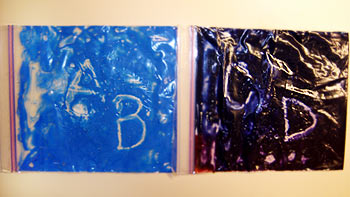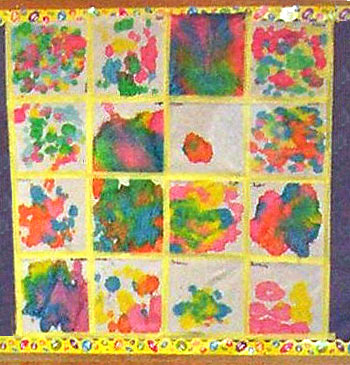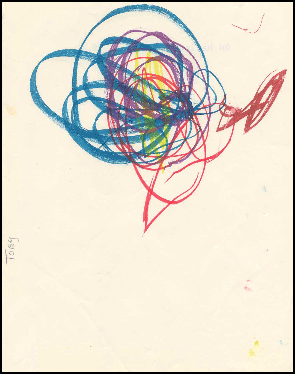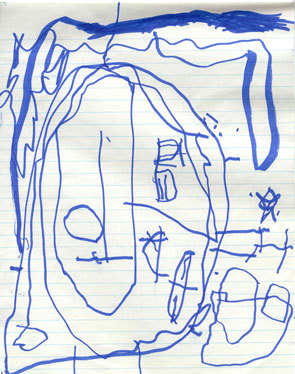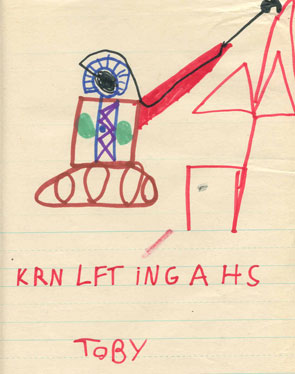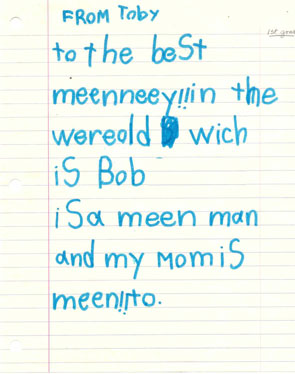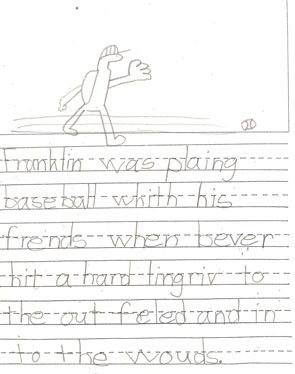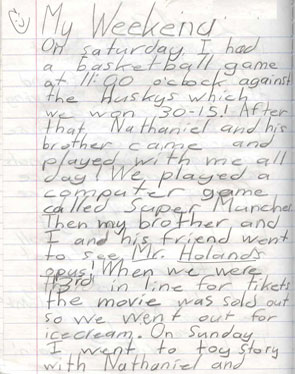Â
Physical Development refers to the growth of the body as well as its abilities. Growth in height and weight are the most obvious signs of physical development. As children develop physically, they gain new skills. Those skills that depend on the use and control of muscles are called motor skills. These skills fall into two main areas of development:
Â
Gross Motor Development involves improvement of skills using the large muscles. Such activities as running, skipping, and riding a bike fall into this category.
Â
Fine Motor Development involves the small muscles. Grasping, holding, cutting, stacking, and drawing are some activities that require fine motor development.
Â
Before looking at the developmentally appropriate gross motor & fine motor skills of toddlers remember that environmental factors, such as proper nutrition and appropriate toys and activities can affect what a child can do physically. Co-ordination and balance also accompany physical development. Learning them poses many challenges for children. Think what it would be like if you tried to walk a tightrope for the first time. Would you be shaky and insecure? Would you fall? Children experience these sensations over and over again as they try out new physical skills and work toward mastering them.
Â
The following list of gross motor and fine motor skills from ages 12 to 48 months is only a guideline to help you understand your child’s current developmental traits. The items listed are based on average ages when various traits emerge. Don’t panic, if your child isn’t exactly on schedule. Remember that all toddlers are different and reach the various stages at different times.
Â
Gross Motor Skills
Â
12 to 18 months
Climbs up and down stairs.
At 12 months walks with one hand held. Between 13 & 15 months walks without assistance.
While walking, cannot maneuver around corners or stop suddenly. Most walk without support by 14 months.
Between 16 to 18 months walks well while carrying a toy or pulling a pull toy. Hurls a ball.
Â
19 to 24 months
Kicks backward and forward
Most walk backward and up steps by 22 months.
Attempts to stand on balance beam
Runs without falling.
Pedals a tricycle
Kicks a large ball.
Â
24 to 29 months
Can do all listed above under 19 to 24 months
Plays on swings, ladders, and other playground equipment with fair amount of ease.
Throws ball without falling and kick them forward.
Bends at waist to pick up object from floor.
Walks up and down stairs, both feet on step, while holding on to railings.
Stands with both feet on balance beam.
Jumps with two feet together.
Stand on tiptoes.
Â
30 to 36 months
Walks on tip toes
Attempts to balance on one foot.
Balances on one foot for 5 seconds.
Catches a large ball with arms.
Walks up stairs with alternating feet.
Rides a tricycle.
Performs 1 to 3 hops with both feet together.
Â
37 to 48 months
Walks toe-to-heel for four steps.
Balances on one foot for 5 seconds.
Catches a beanbag while standing.
Performs 1 to 3 hops on one foot.
Catches a bounced ball with hands.
Â
Fine Motor Skills
Â
12 to 18 months
May show preference for one hand.
Between 13 to 15 months builds a tower consisting of 2 one-inch cubes.
Turns pages in a book 2 or 3 at a time.
They can stack blocks.
They can scribble.
Â
19 to 24 months
Draws with spontaneous scribbling.
Places 4 rings on post in random order.
Rolls, pounds, squeezes, and pulls clay
Â
24-29 months
Inserts key into lock.
Turns pages in a book singly.
Strings large beads.
Copies a circle.
Copies a vertical and horizontal line.
Build a tower of 6 to 7 blocks
Uses one hand consistently for most activities.
Holds scissors correctly and can open and close scissors.
Takes things apart and put them back together. They like to screw and unscrew lids.
Â
30 to 36 months
Builds a tower consisting of 8 cubes.
Copies an H.
Copies a V.
Copies a circle.
Imitates building a three-block bridge.
Snips paper with scissors.
Â
37 to 48 months
Pours liquid from a pitcher
Copies a cross
Builds a tower of 9 to 10 cubes
Completes simple puzzles
Wiggles thumb.
Folds paper twice (in imitation).
Draws a person with three parts.
Cuts a 5-inch piece of paper in two.
Traces a diamond.
Cuts along a 5-inch line within 1/2 inch of the line.
Â
Parents should call a doctor when you are concerned about a child’s motor skill development. Keep in mind that children develop at different rates, and try to focus on the skills your child HAS mastered instead of those he may have fallen behind on. Still, there are certain signs that may point to a problem, so be sure to report these to your doctor immediately. Call if your child cannot:
Â
Walk by the time he is 15 months old.
Walk maturely (heel-toe) after walking for several months.
Walk any way but on his toes.
Push a toy on wheels by his second birthday.
Â
Toddler may begin to prefer one hand to the other, the first sign of right-or left-handedness, but don’t be overly pushy about this. Let this preference develop naturally, or let him/her develop the use of both hands equally. But call your doctor if your child doesn’t seem to use one hand at all or has a strong hand preference before h/she is one year old.
Â
Balance in Girls & Boys
Girls seem to be on a faster timetable than boys all the way through their growth. Girls tend to grow more regularly and predictably than boys. In the toddler years girls are better at jumping, hopping, rhythmic movement and balance, so they will enjoy activities that involve these. Hopscotch, skipping, and dancing games will all give a little girl a chance to develop these skills.
Young boys achieve jumping, hopping, rhythmic movement, and balancing skill less quickly than girls. They tend to reach certain milestones later, such as picking up a toy from the floor without sitting down first. Parents should give a little boy plenty of help with achieving these skills by allowing him freedom of movement. Games that involve kicking a ball, or dancing and jumping games, will all increase his skills.
Â
Daily Activities that Promote Gross Motor Development
Â
Play games that involve jumping and walking on tiptoe.
Play Chase.
Encourage your child to dance to music with you.
Involve your child in daily tasks, such as cleaning, washing, and climbing the stairs.
Give your child an old mattress or foam rubber on which he can jump and somersault.
Play tug-of-war with a blanket.
Put a leash on a stuffed animal and walk around the house.
Walk on a balance beam (use a 2 x 4 placed on the ground).
Do the Hokey Pokey.
Make a pillow pile to jump on (keep it from and hard surfaces, including walls!)
Take a walk along a toilet paper trail.
Â
Daily Activities that Promote Fine Motor Development
Â
Do finger plays.
Collect rocks in a basket.
Finger-paint
Bang on pots and pans with a spoon.
Stack canned or boxed food on top of each other.
Let child stack mixing bowls inside each other.
Let child put stickers on fingers for finger puppets.
String large beads onto or along a shoelace.
Fill an old purse with toys.
Frost cookies









